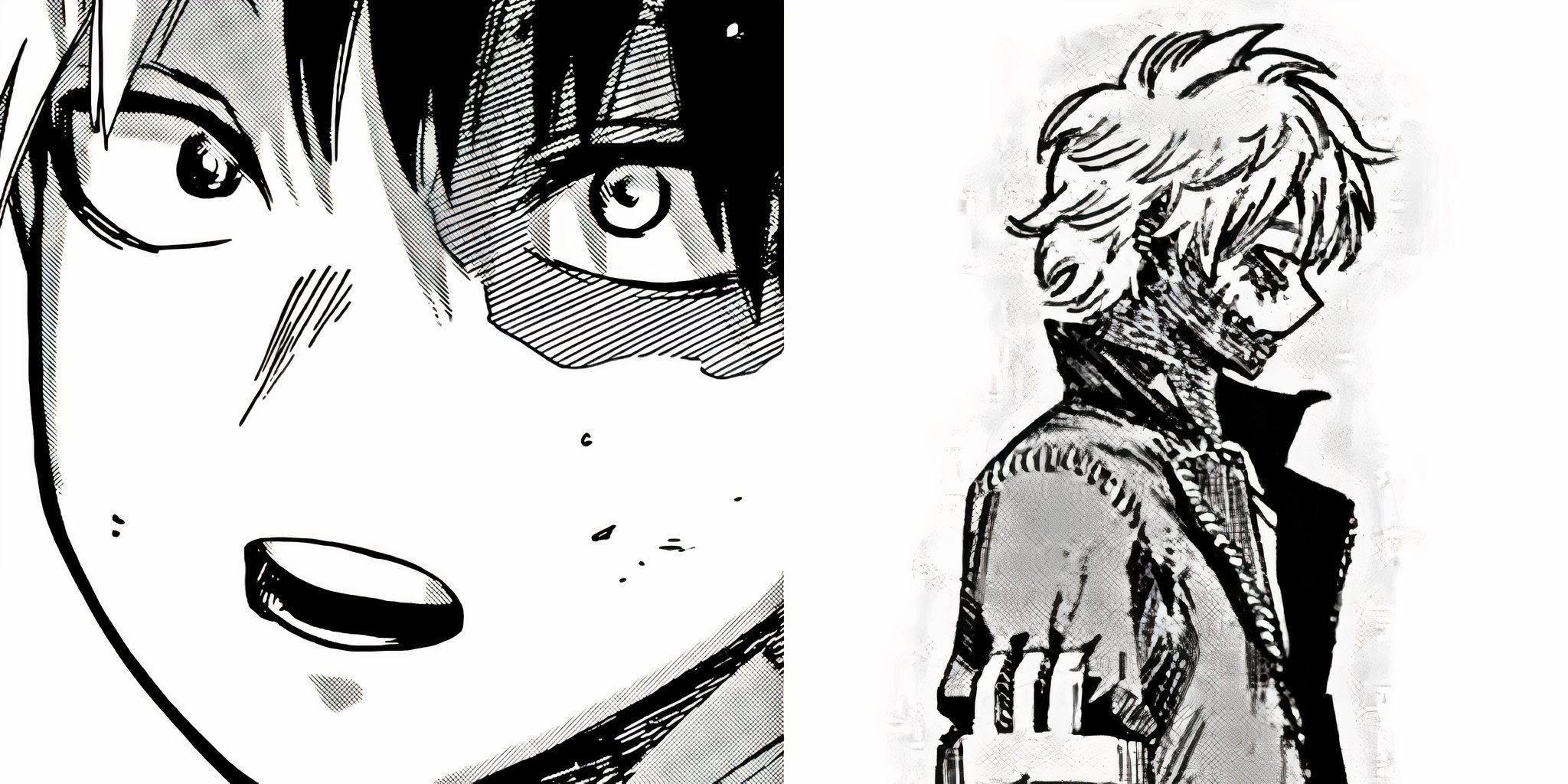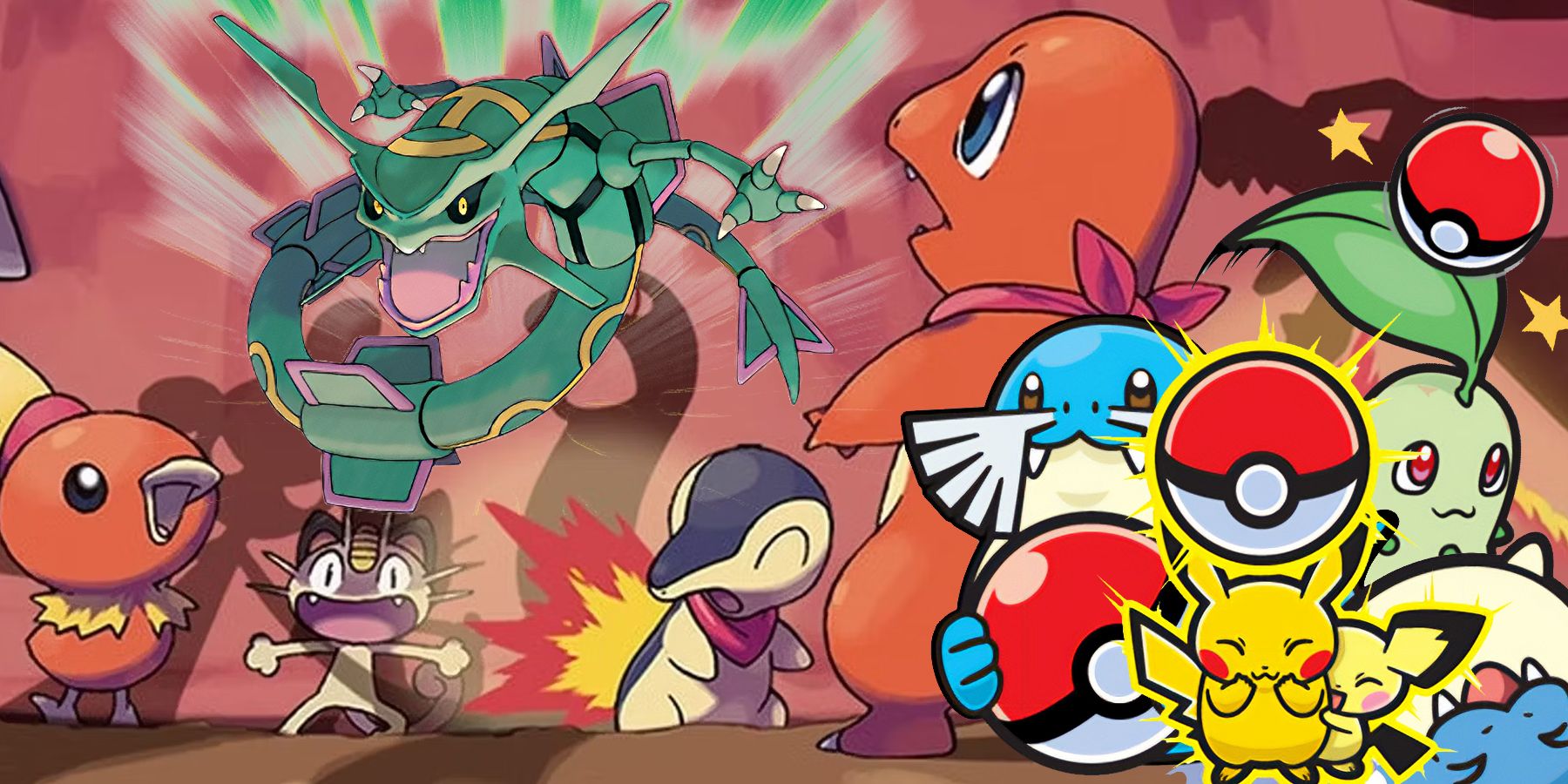Highlights
- Pokemon Ruby & Sapphire for the Game Boy Advance are highly regarded and beloved games in the series, with graphically enhanced visuals and the introduction of the double battle mechanic.
- Pokemon FireRed & LeafGreen are remakes of the original games and offer updated graphics and smoother mechanics, making them a great choice for players looking to relive the Generation I experience.
- Pokemon Mystery Dungeon: Red Rescue Team is a unique dungeon-crawler game where players can play as a Pokemon, offering an enjoyable and replayable experience, although the main story may be short and the gameplay can become challenging in the post-game.
By the time Nintendo launched the Game Boy Advance in 2001, Pokemon was already a household name. Red, Green, and Blue were massive hits for the original Game Boy, and the RPGs pushed the hardware to its limits. They were followed up by Yellow, a project that fine-tuned a few things and threw Pikachu on the poster. In 1999, Gold and Silver launched for the Game Boy Color, and they still hold up as prime examples of how to properly execute a sequel. Crystal was even better. During this time, Pokemon also debuted an anime that was an almost instant hint, and the show even went on to spawn a few theatrical movies. Basically, Game Freak has a phenomenon on its hands, and it was only a matter of time before the franchise would make its way to the GBA.
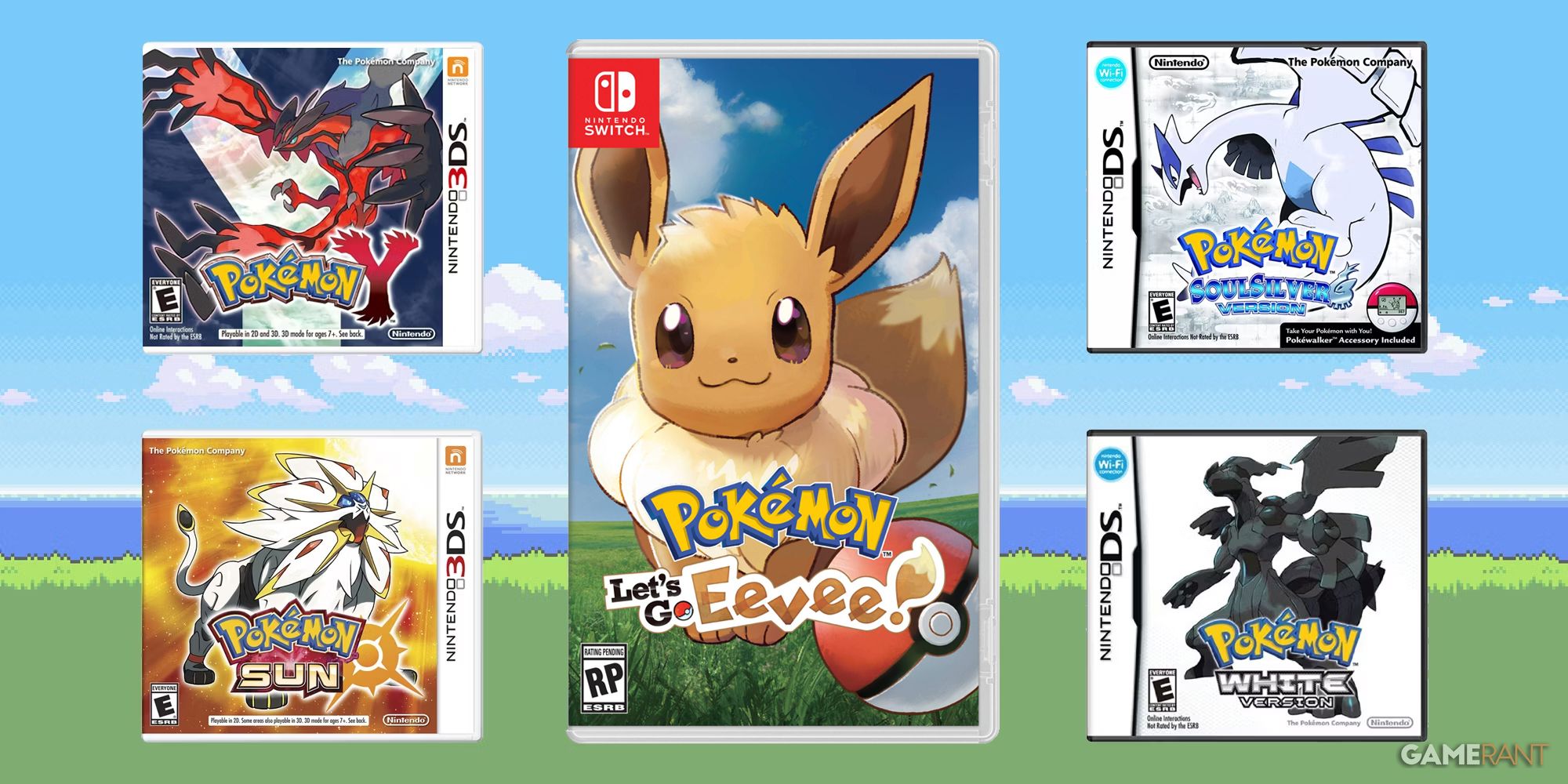
The 12 Best Pokemon Games (According To Metacritic)
Although some of the spin-off titles have not reviewed well, nearly every mainline Pokemon game has been appreciated by fans and critics.
Compared to later consoles, the Game Boy Advance has a fairly small selection of Pokemon games since the license was only starting to embrace spin-offs during the early 2000s. Still, this era is generally looked back fondly by long-time fans of the franchise, with most of the games having their admirers. Which is the best GBA Pokemon game?
Updated May 17, 2024 by Mark Sammut: Pokemon seems destined to go on forever, but there will always be nostalgia for past Generations. While the Game Boy era will always hold a special place in a lot of people's hearts, the same can be said for the GBA Pokemon games. To further showcase the brilliance of these releases, galleries have been added for each project, along with a few pros and cons.
5 Pokemon Mystery Dungeon: Red Rescue Team
Metascore: 67
Pokemon Mystery Dungeon: Red Rescue Team
- Released
- September 18, 2006
- Genre(s)
- Roguelike
- Developer(s)
- Spike Chunsoft
- How Long To Beat
- 20 Hours
- Charming Visuals
- Fairly Difficult
- Bouncy & Jovial Soundtrack
- Repetitive Gameplay
- Dungeons Are Very Samey
- No Reason To Pick This Over The Sequels
Pokemon Mystery Dungeon: Red Rescue Team was one of the first Pokemon Mystery Dungeon titles to have been released. The game was released alongside its counterpart, Pokemon Mystery Dungeon: Blue Rescue Team. However, Blue Rescue Team is only available on the Nintendo DS while Red Rescue Team is solely playable on Game Boy Advance.
The Pokemon Mystery Dungeon series is extremely well-liked by fans, explaining its drastic critic-versus-user ranking. It was the first time players could play as a Pokemon, having answered questions to determine exactly which creature they're most like. The story and characters that the game builds up, along with its unique dungeon-crawler mechanics make for an easily enjoyed and replayable experience that both young and old players will love.
However, the main story is extremely short compared to future installments of the series, and its gameplay can get extremely challenging in the post-game due to the level gap that players are left at once the main story ends. The central gameplay of taking on rescue missions and saving certain creatures from treacherous and daunting dungeons is charming and fun. It can get repetitive though, especially when players find themselves going through missions to obtain extra items and grind for levels. Dungeons are also randomized, which means runs are often based on the luck of the draw rather than strategy.
4 Pokemon Pinball: Ruby & Sapphire
Metascore: 81
Pokémon Pinball: Ruby & Sapphire
- Released
- August 25, 2003
- Developer
- Jupiter
- Genre(s)
- Arcade
- How Long To Beat
- 20 Hours
- 200+ Pokemon
- Timeless Gameplay (Obviously, It Is Pinball)
- Neat Franchise-Inspired Touches
- Quite Lengthy Due To Sheer Number Of Pokemon To Collect
- Gets Old After Awhile
- Hard To Find Nowadays (Physical)
Pokemon Pinball: Ruby & Sapphire is the second Pokemon Pinball game, the first being released for the Game Boy Color in 1999. Many players enjoyed the first game for its laid-back nature, granting them the ability to step out of the stressful battles and strategizing they would find in the mainstream games and just play some pinball. The mechanics of Pokemon Pinball: Ruby & Sapphire are enjoyable and easy to learn, with players catching new Pokemon by honing their pinball skills to complete challenges and capture them.
That said, the gameplay is largely identical, perhaps even easier, to that of the first Pokemon Pinball, with the inclusion of even more monsters to capture making the game more time-consuming rather than challenging. However, some fans might enjoy this aspect since the franchise is all about catching Pokemon, and the higher count of options adds a bit more variety.
Unfortunately, Pokemon Pinball: Ruby & Sapphire is quite difficult to find in this day and age, making it one of the franchise's most obscure games. It is a shame too, as when it comes to Pinball titles, this release is among the better options.
3 Pokemon FireRed & LeafGreen
Metascore: 81
Pokemon LeafGreen and FireRed
- Released
- September 7, 2004
- Developer(s)
- Game Freak
- Genre(s)
- RPG
- How Long To Beat
- 30 Hours
- Remakes Done Right
- Timeless Art Style
- Expands On Gen 1 Well, Beyond Just Graphical Improvements
- Best Iteration Of Pokemon's Most Famous Region
Pokemon FireRed & LeafGreen were remakes of the original three games, Pokemon Red, Blue & Green. The two Game Boy Advance releases were Game Freak's first attempt at a remake of any one of the Pokemon games. That said, the reception of Pokemon FireRed & LeafGreen was rather positive, and they are arguably still the gold standard for remakes in the franchise.
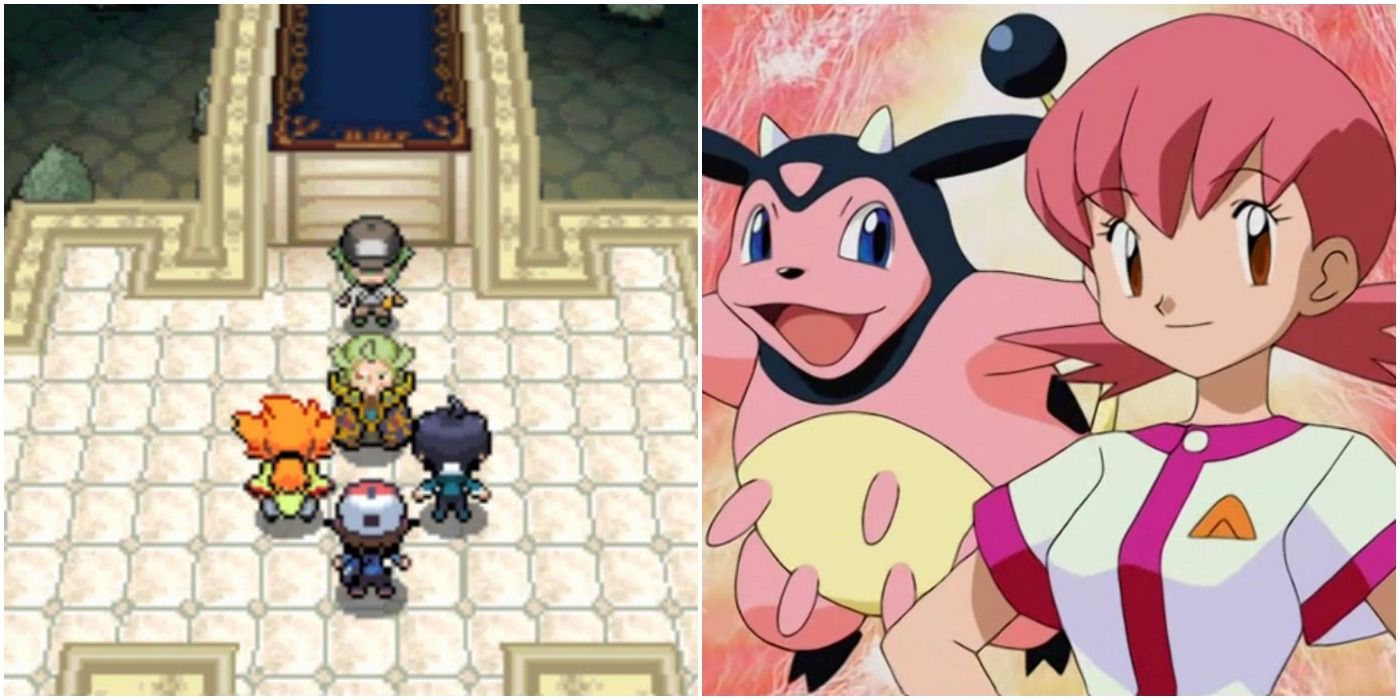
The 12 Hardest Trainer Battles In Pokemon History, Ranked
The Pokémon RPGs might not generally be that difficult, but the hardest trainer battles in the games offer an incredible challenge.
The story from the original games stays mostly the same, with the advancements of these games mostly focusing on graphical updates and the option to play as a female protagonist (which was a feature that was notably absent from the original games).
All that said, for players looking to relive the Generation I experience with updated graphics and smoothed-out, easier mechanics, Pokemon FireRed & LeafGreen are the perfect experience. However, for those looking for a revamped take on the original story and monsters that many came to know and love, these games don't really add much more story or immersive depth than what was originally implemented.
2 Pokemon Ruby & Sapphire
Metascore: 82
Pokemon Ruby and Sapphire
- Released
- March 19, 2003
- Developer(s)
- Game Freak
- Genre(s)
- RPG
- How Long To Beat
- 35 Hours
- Considerable Leap Forward Over Gen 2
- One Of The Better Stories In The Franchise
- Awesome Soundtrack
- Feel Slightly Obsolete In This Day And Age
Pokemon Ruby & Sapphire are the best Pokemon games for the Game Boy Advance. They were the series' first games released for the portable system, and subsequently have become the most communally coveted and beloved. Pokemon Ruby & Sapphire have remained some of the most loved games in the franchise, sparking their remakes, Omega Ruby & Alpha Sapphire, to be released for the Nintendo 3DS.
The two games are graphically enhanced compared to the Game Boy and Game Boy Color, and include a variety of new creatures, items, and characters all set in an entirely new region called "Hoenn." Pokemon Ruby & Sapphire also were the first games to introduce the double battle mechanic, which has become a staple in competitive battling ever since its debut. However, a few critics here and there found that the cut-and-paste formula being used to create Pokemon Ruby & Sapphire was getting a bit overused, with the same mechanics and basic storylines being used for Red, Blue, Yellow, Gold, Silver, and Crystal. This didn't stop players from enjoying them though, as evidenced by their high user scores and the success of the games' 2014 remakes.
The only thing going against Ruby & Sapphire nowadays is that they can feel a bit obsolete due to the existence of the remakes and Pokemon Emerald, all of which are arguably superior. However, that should not take anything away from these two GBA classics, as they were played a significant role in establishing Generation III as an all-time great era for Pokemon.
1 Pokemon Emerald
Metascore: 76
Pokemon Emerald
- Released
- May 1, 2005
- Developer(s)
- Game Freak
- Genre(s)
- RPG
- How Long To Beat
- 31 Hours
- Perfects Ruby & Sapphire
- Great Post-Game Content
- Just An All-Around Fantastic JRPG
- Visuals Have Aged Really Well
- Physical Copies Are Very Difficult To Find
Pokemon Emerald garnered a more mixed reception than the other mainline titles for the Game Boy Advance. Despite the love it received from the community, critics were not as fond of the third installment of the previously released games, Pokemon Ruby & Sapphire. Pokemon Emerald is virtually the same as the previous Generation III games, with the same story and characters as Ruby & Sapphire. That said, there are small differences littered throughout the game that those who have played all three versions will notice.
Pokemon Emerald introduced slightly animated sprites, graphical enhancements, different clothing for the two protagonists, more double battles, and the ability to catch a wider variety of creatures than what was available in Pokemon Ruby & Sapphire. That and the inclusion of the Battle Frontier, which quickly became a fan favorite and was sorely missed in Omega Ruby and Alpha Sapphire. Even if it was not as well received as its predecessors, Emerald is arguably the best game to pick up in this day and age, offering the most complete experience out of all the Gen III main entries. The campaign is long, relatively challenging, and features one of the most beloved rivals in the franchise's history (May). That said, good luck finding a physical copy for a decent price in this day and age.
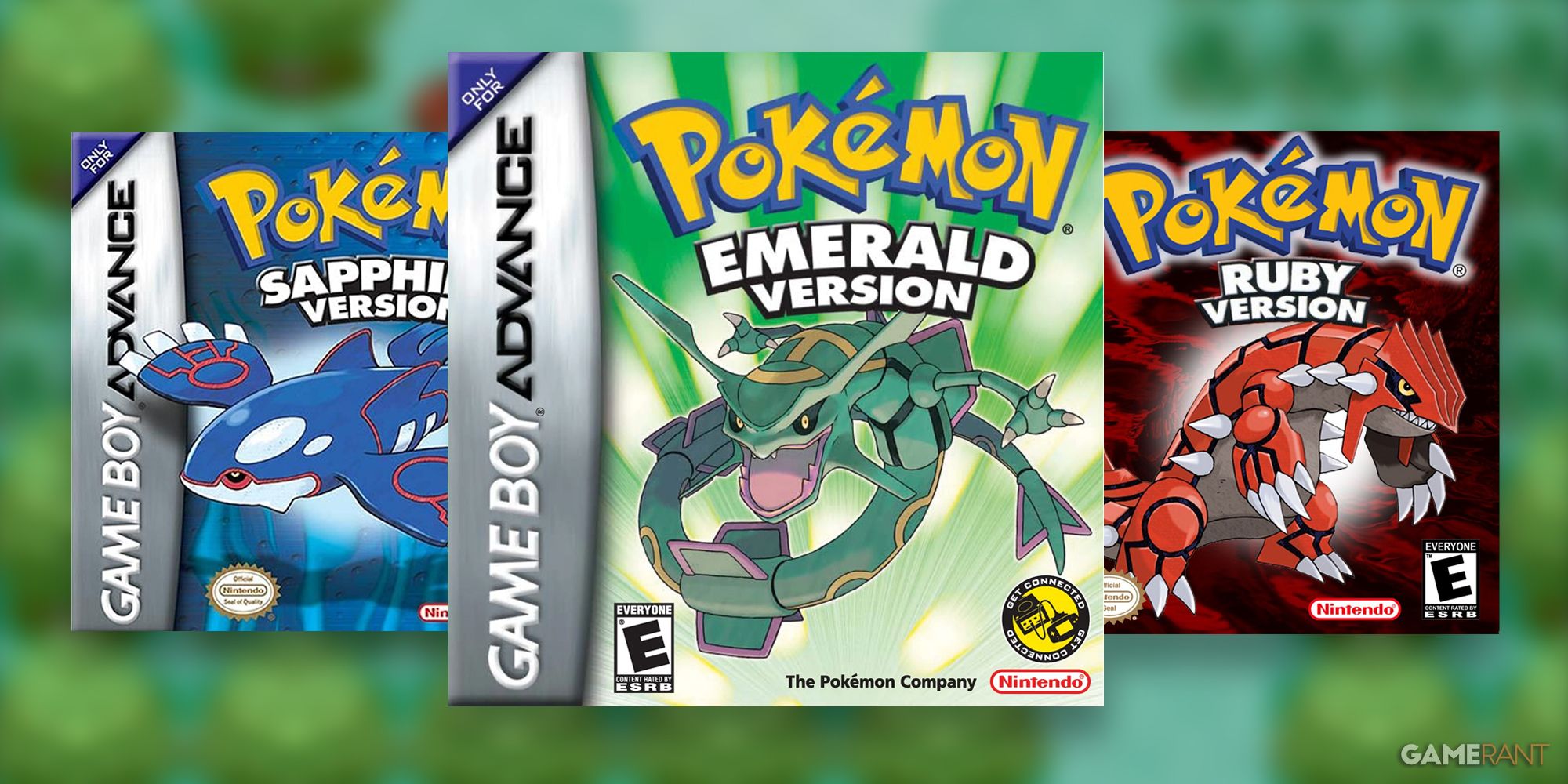
Pokemon: All the Similarities and Differences Between Ruby, Sapphire, and Emerald
Pokemon's third generation of games saw a lot familiar features and a lot of changes, not only to the series, but between the titles themselves.

